Third molars, or, more popularly, wisdom teeth usually erupt in most patients after the age of 17. Abnormal eruption patterns make them more susceptible to dental decay, as well as […]
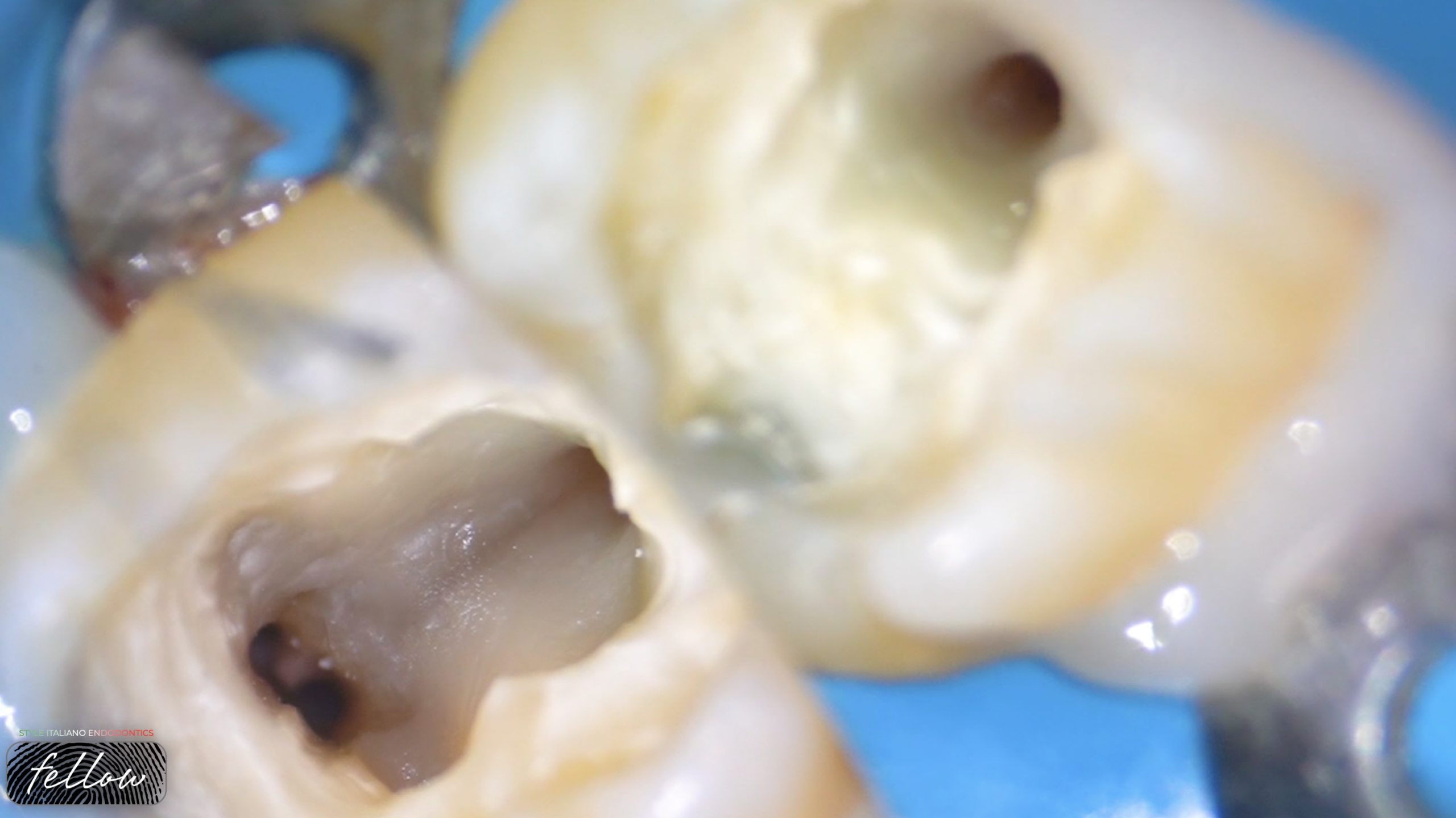 Curvy Wisdom Management
Curvy Wisdom Management
Third molars, or, more popularly, wisdom teeth usually erupt in most patients after the age of 17. Abnormal eruption patterns make them more susceptible to dental decay, as well as […]
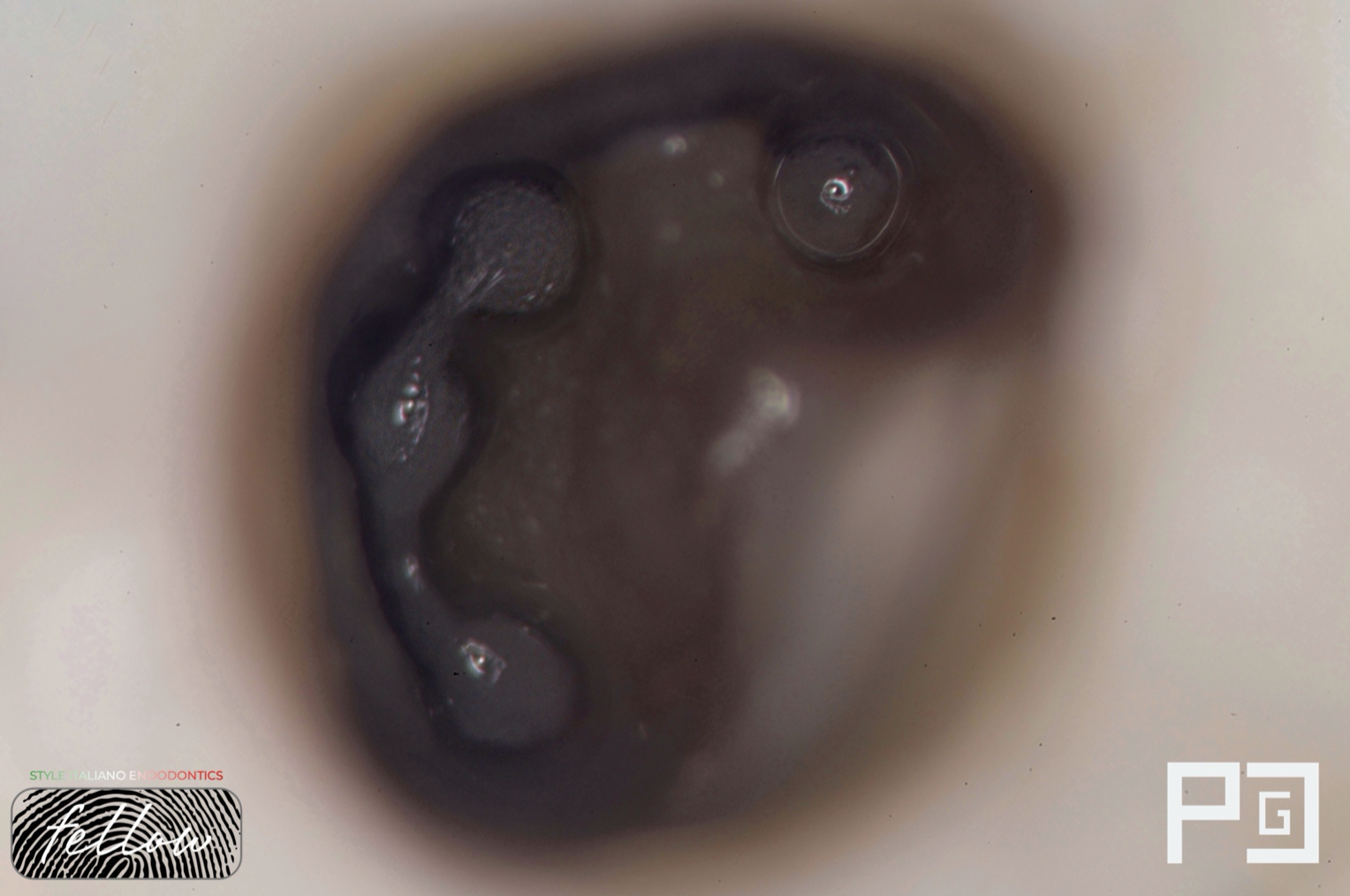 Management of a C-Shaped canal in second lower molar
Management of a C-Shaped canal in second lower molar
Anatomical variation of canals is well documented in the literature and C-shaped canal anatomy was first reported in literature by Cooke and Cox in 1979. This anatomical variation mostly found […]
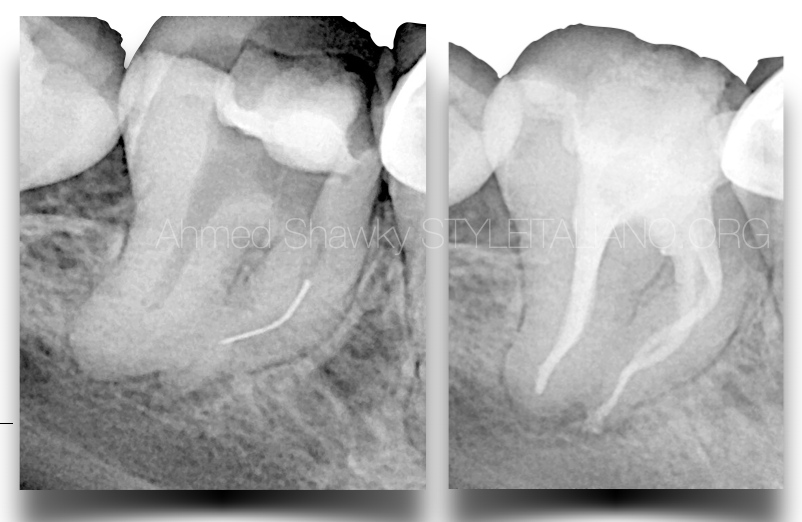 Conquering complex Anatomy with MG3
Conquering complex Anatomy with MG3
A complex anatomy is considered a real nightmare to any clinician. Lack of attention to the complex anatomy by the clinician can lead to a series of unfortunate events during treatment, such as; Altered anatomy “ledges”, Perforations or Separated instruments.
Therefore; pretreatment evaluation of the case as well as a sound shaping strategy are essential to address the anatomy & avoid mishaps.
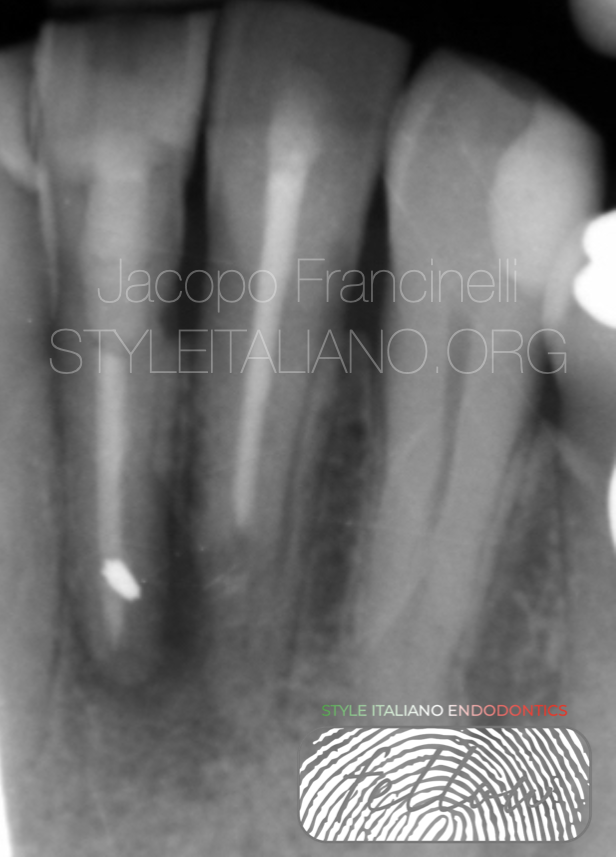 Endodontic surgery of the lower incisor: how important is it to verify the presence of a lingual canal?
Endodontic surgery of the lower incisor: how important is it to verify the presence of a lingual canal?
The surgery of lower incisors should be performed carefully, assessing the possible presence of lingual canals, and avoiding the mistake of underpreparation by not adequately evaluating the clinical situation
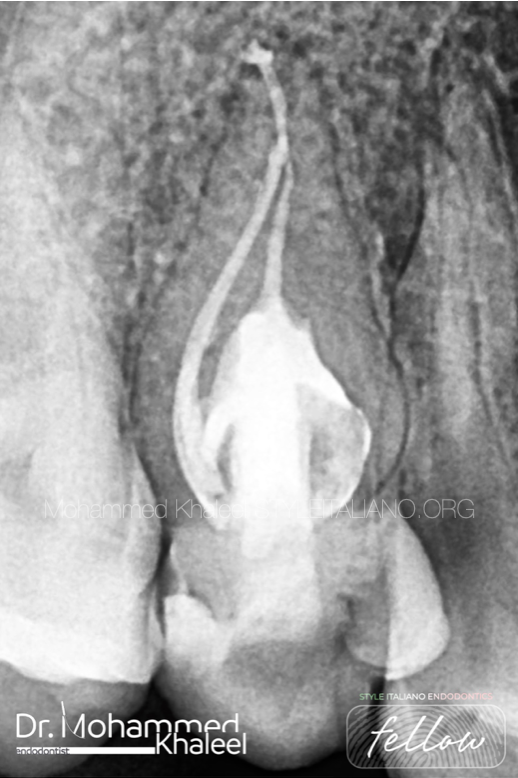 Dens invaginatus
Dens invaginatus
Dens invaginatus is malformation of teeth probably resulting from an infolding of the dental papilla during tooth development. Affected teeth show a deep infolding of enamel and dentine starting from the foramen coecum or even the tip of the cusps, and which may extend deep into the root. Teeth most affected are maxillary lateral incisors and bilateral occurrence is not uncommon. The malformation shows a broad spectrum of morphologic variations and frequently results in early pulp necrosis. Root canal therapy may present severe problems because of the complex anatomy of the teeth.
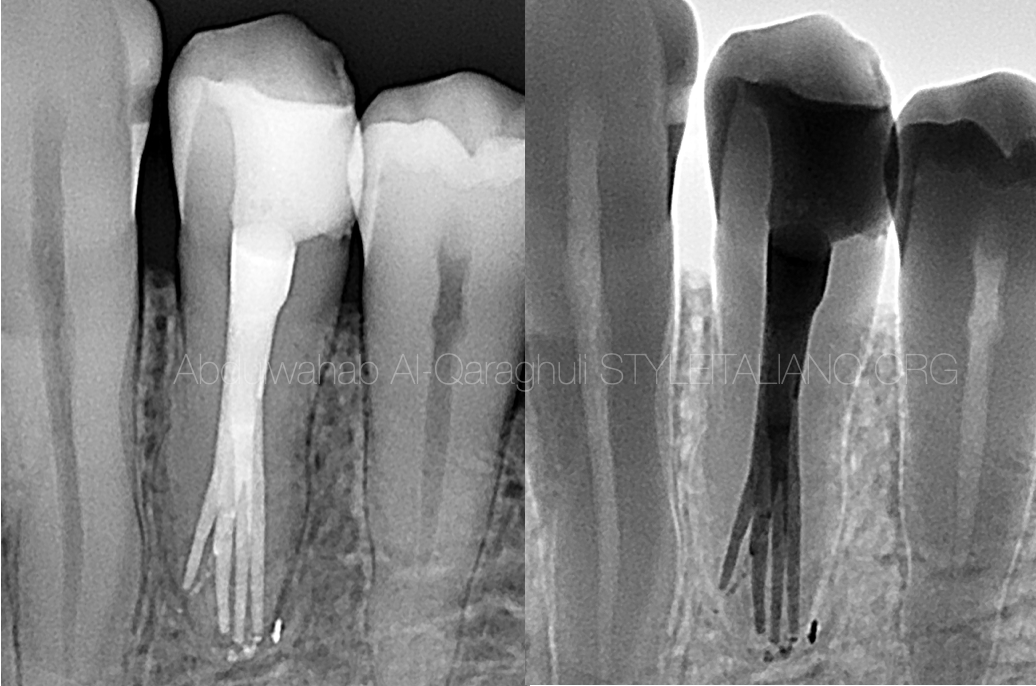 The tricky lower first premolar with 4 canals
The tricky lower first premolar with 4 canals
The mandibular first premolar can be considered one of the most challenging teeth for the endodontist during endodontic procedures; because of the complexity of its root canal morphology and increased incidence of multiple canals. The knowledge of internal anatomy of root canals and their possible variations as well as use of magnification, operating microscope, radiographic examination and illumination, can increase the chances of finding additional canals and contribute to the success of endodontic treatment.
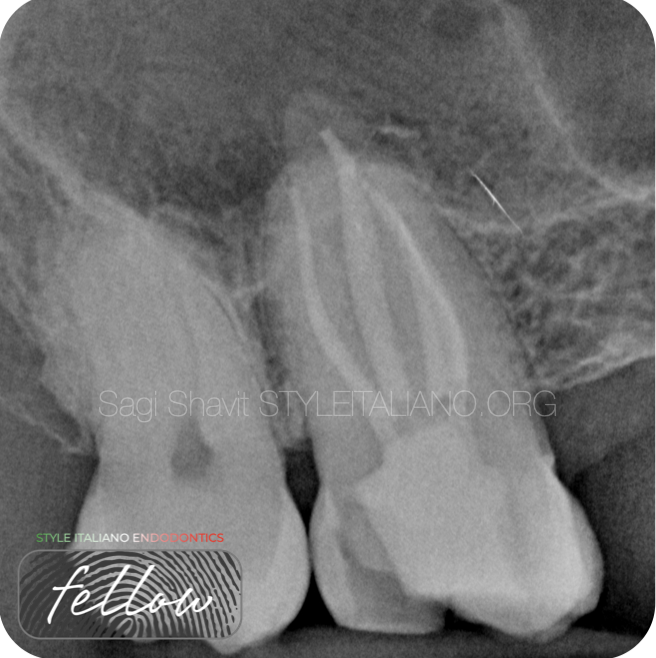 MB3 in second maxillary molar
MB3 in second maxillary molar
A case presentation of maxillary second molar with 3 mesio buccal (MB) canals.
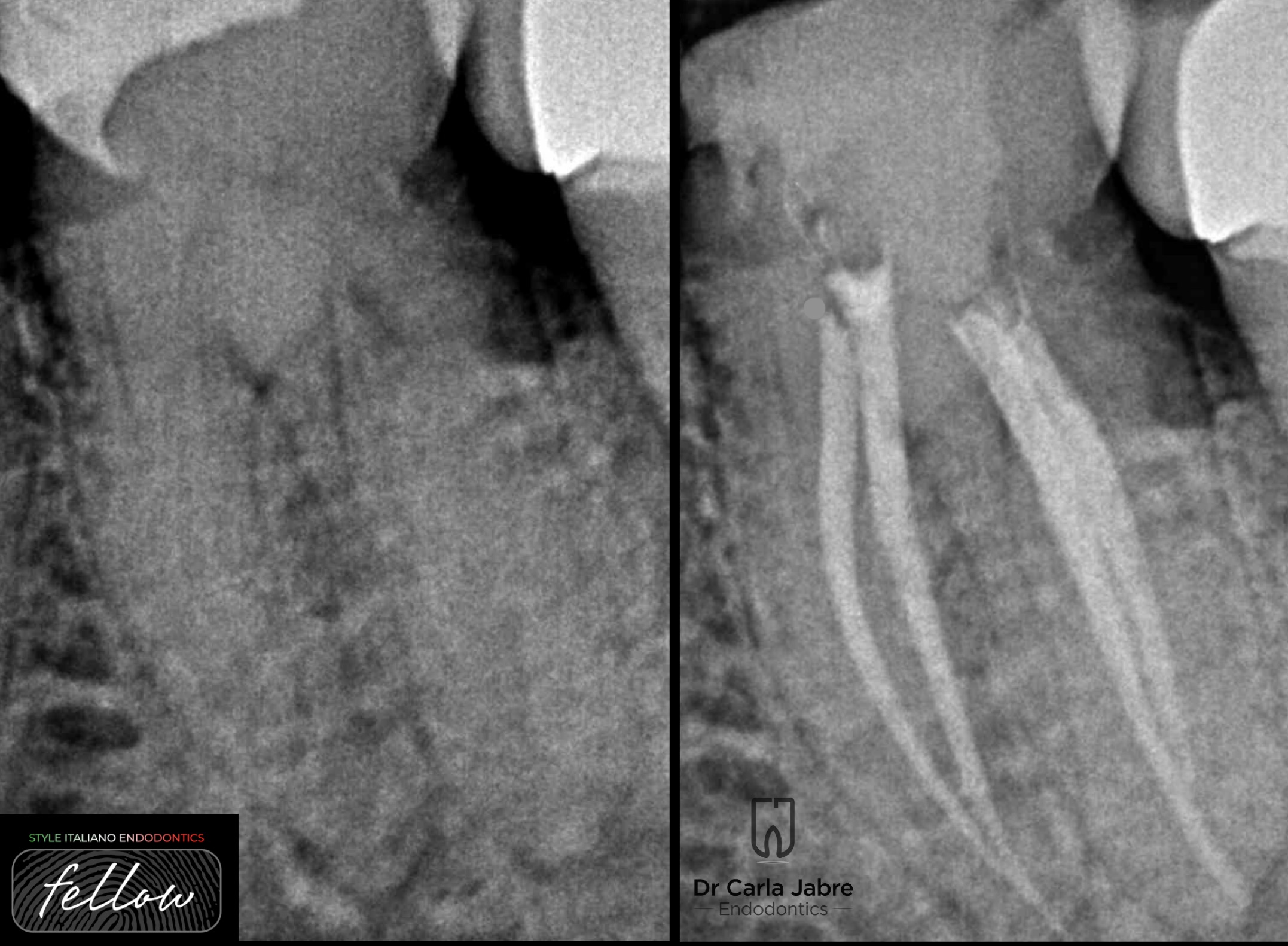 Geriatric endodontics: case report and clinical considerations
Geriatric endodontics: case report and clinical considerations
The increased life expectancy has led to the increase in numbers of elderly patients seeking dental treatments, and more precisely root canal treatments. According to a survey of diplomates of […]
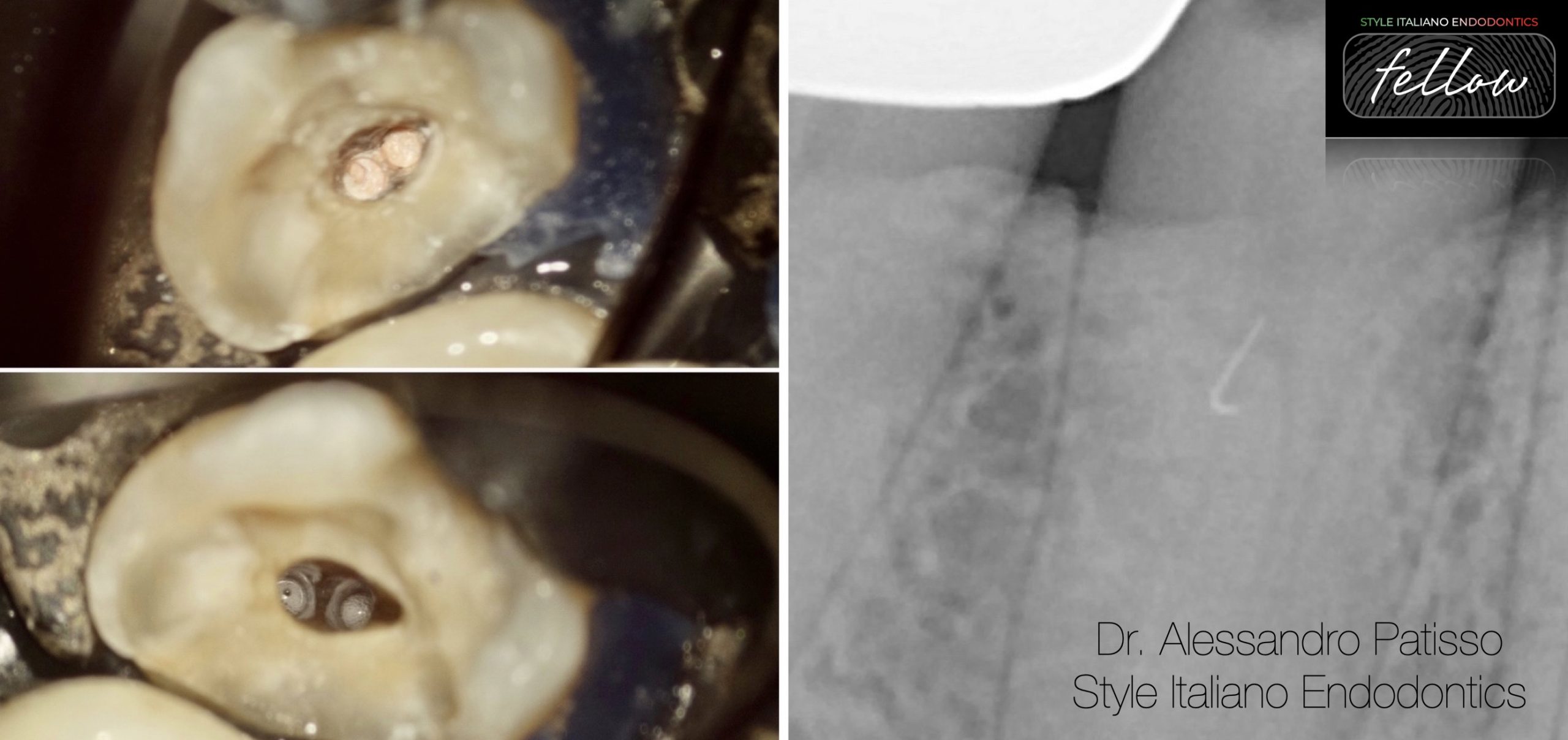 Management of a deep bifurcation in a mandibular first premolar, with small instrument fractured in the middle third
Management of a deep bifurcation in a mandibular first premolar, with small instrument fractured in the middle third
It is very important to identify obstacles and plan any strategies from the beginning to avoid problems that could cost us the success of the treatment Preoperative radiograph identification, […]
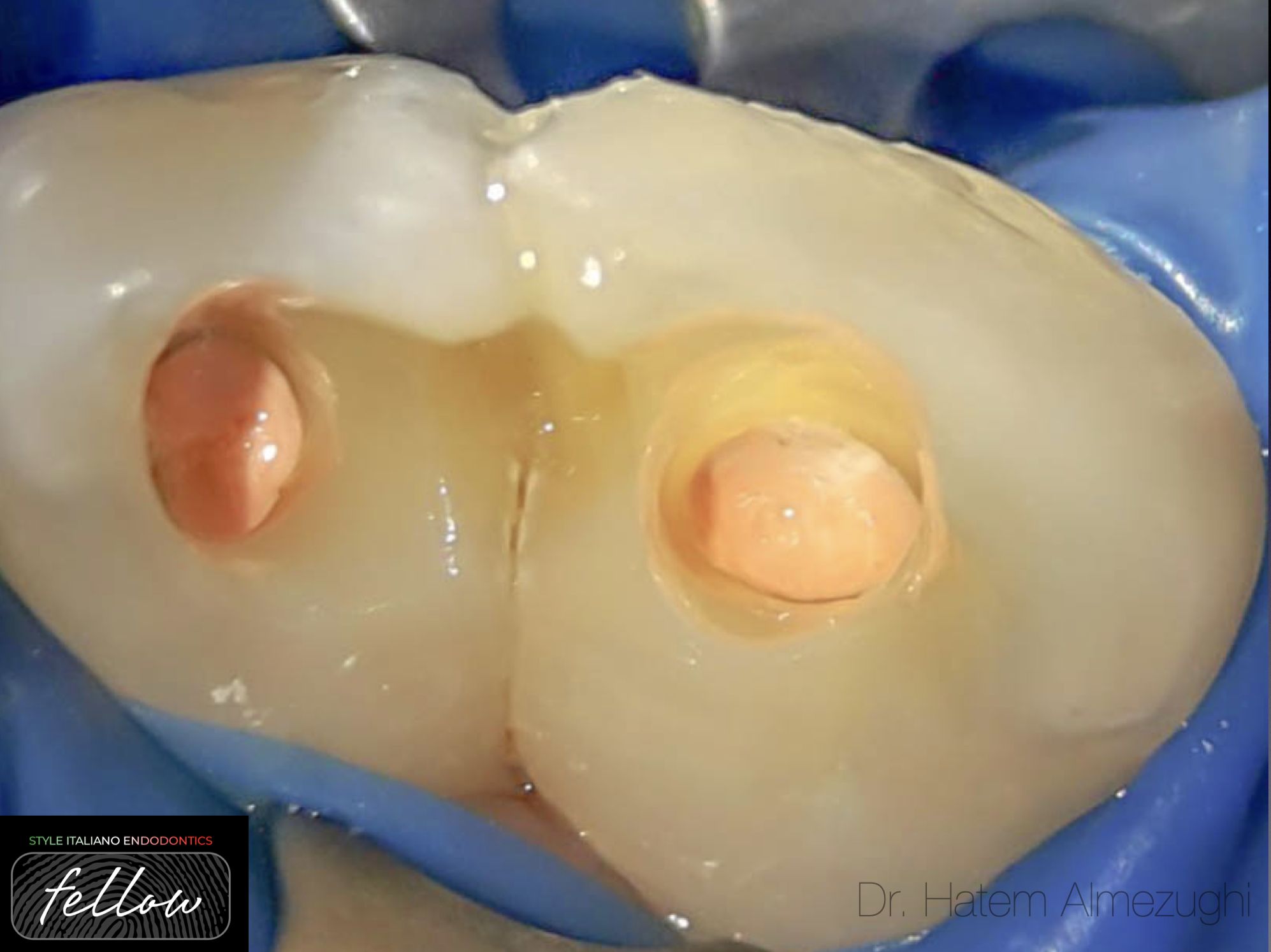 Gemination or fusion
Gemination or fusion
Dental anomaly is a condition in which one or more teeth deviate from the normal in form, function, or position. And it includes abnormalities in teeth number, size, shape and […]
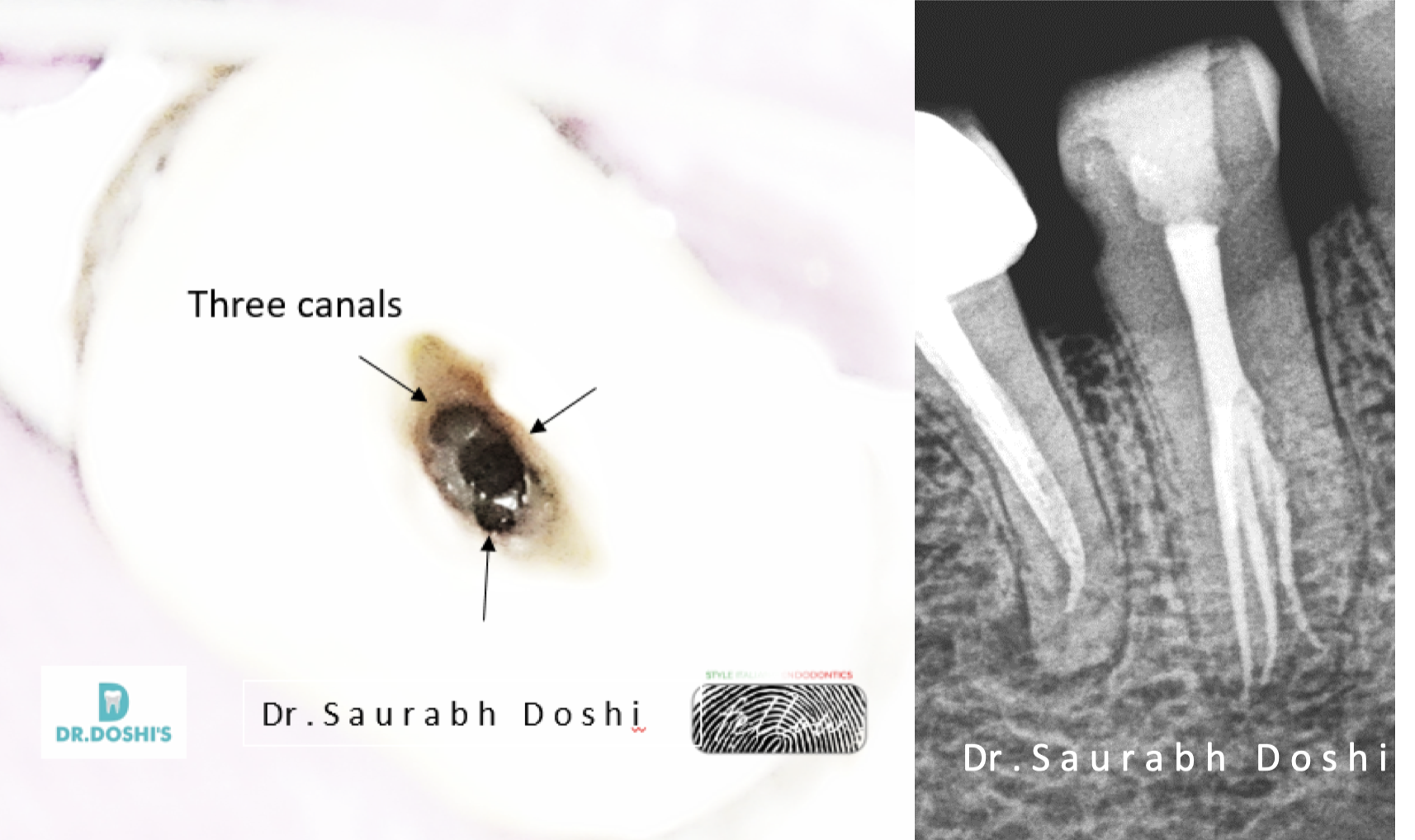 Management of deep split in mandibular premolar
Management of deep split in mandibular premolar
A thorough knowledge of the root canal anatomy and its variation is required for achieving success in root canal therapy, along with diagnosis, treatment planning and clinical expertise. Outcome of […]
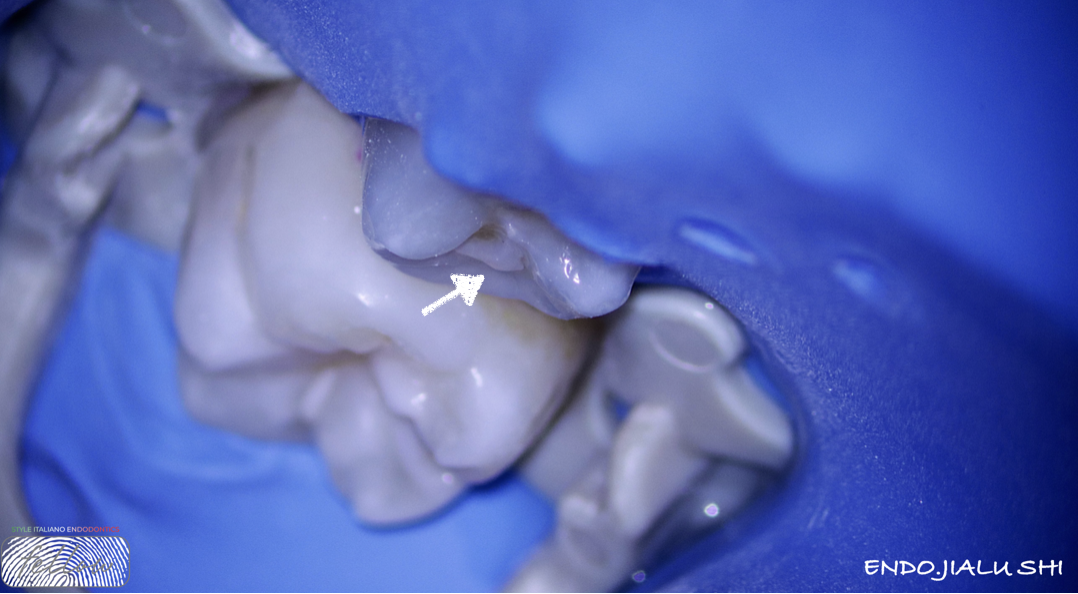 Dens Evaginatus - A case report
Dens Evaginatus - A case report
Dens evaginatus (DE) is a relatively rare developmental anomaly that occurs more often in people of Asian descent than European descent. DE appears as a cusplike elevation of enamel, referred […]